Cow-calf dairying part 2: how cows produce and give milk, and why they need their calves

In this second post in the series from the Smiling Tree cow-calf dairy we focus on how milk is synthesised and, importantly for cow-calf dairying, what triggers the release or ‘let down’ process.
Making milk
Milk is synthesised in microscopic alveoli – small goblet-shaped structures – within the udder tissue. There is a rich blood supply to each alveolus, which is lined with special epithelial cells that synthesise milk from the various components carried in the bloodstream: water, vitamins, minerals, immunoglobulins, amino acids, glucose, fatty acids, etc.
Milk synthesis is happening all the time and the milk collects in the lumen (central cavity) of the alveoli. As milk accumulates, the alveoli swell and become full, and some milk then leaks into ducts that link all the alveoli with the teat. Picture a cauliflower where each tiny ‘petal’ on a floret is an alveolus, and the stems are the ducts. The ducts are connected via a cistern or open area (like the cauliflower’s fat stalk) where milk can also be stored until a calf suckles or the cow is milked.
Bear with me for the cauliflower analogy. The cauliflower you can probably picture represents an empty udder. Now imagine each of those tiny petals (each just 2mm in diameter) swelling up to the size of a cherry tomato! All of a sudden, you have a big squishy cauliflower where most of the milk is held in the hundreds of cherry tomatoes, with some having leaked down into the stems (ducts) and stalk (cistern).
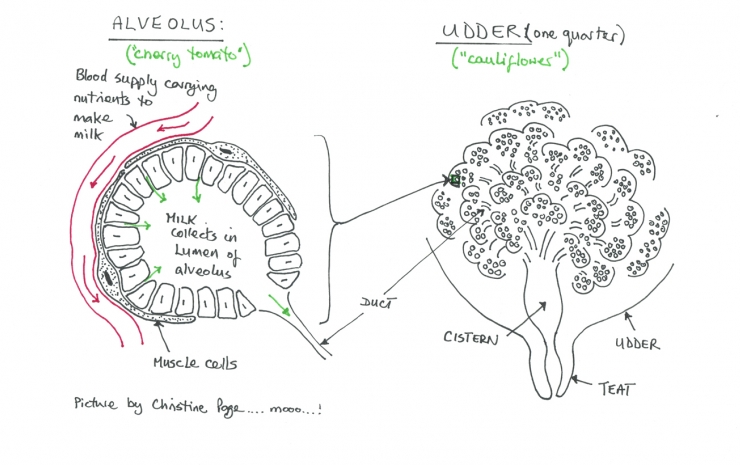
Letting down and oxytocin (the ‘pleasure hormone’)
If you are a mum who has breast-fed successfully, you will know only too well that the action of feeding your baby is not simply a mechanical process; the mind and emotions are very much involved. You will also know that feeding your baby can be an extremely pleasurable process both mentally and physically. This is the same for any mammal and we can thank the pleasure hormone, oxytocin, for that.
Oxytocin is produced in the hypothalamus and stored in the pituitary gland. It is involved in the mammalian bonding process, during labour and in milk ‘let down’, and is also the main hormone released during human orgasm.
For mammals to raise their young, there is an evolutionary prerequisite for mothers to become attached to and nourish their offspring immediately after birth. As labour progresses, increasing amounts of oxytocin are released and carried around the body in the blood. It enhances contractions to facilitate birth and acts within the brain to establish maternal behaviour.
Within the first few hours after birth, the cow will establish a strong bond with her calf. It’s interesting to observe, however, that although calves also bond with their dam, many will happily pinch a drink from any cow that will stand still and allow them to!
Milk release
Up to 80% of the milk within the udder is held within the alveoli (the cherry tomatoes!), each of which is surrounded by tiny smooth muscle cells. These muscle cells do not respond to nerve impulses, but rather contract only in response to the blood-borne hormone, oxytocin.
So the release of milk is dependent upon the hormone oxytocin stimulating these tiny muscles to contract (see diagram above), squeezing the milk out of the alveoli and down into the ducts towards the teat.
However, the secretion of oxytocin in the milk release process is triggered by nerve impulses in the brain of the cow only when she receives a suitable positive stimulus that leads her to let down her milk. For example, seeing her calf, hearing the milking machine, or the physical stimulus of having her udder and teats washed.
You cannot forcibly milk a cow. Without oxytocin, the milk stored within the alveoli simply will not be released. You may get a litre or two from the milk held within the ducts and cistern but the vast majority of the milk will remain firmly held in the alveoli.
You can try massaging them, like a calf does when he bunts his mum’s udder, but without oxytocin in the mix this will yield only a small amount of extra milk.
A cow really does give her milk. And it’s no good getting cross with her if she doesn’t let down. Any negative stimulus creates fear and triggers the release of adrenaline, which acts on the pituitary to block oxytocin release. So it’s very important that milking time is a positive experience for the cows, with lots of kind words going in one ear and out the udder!
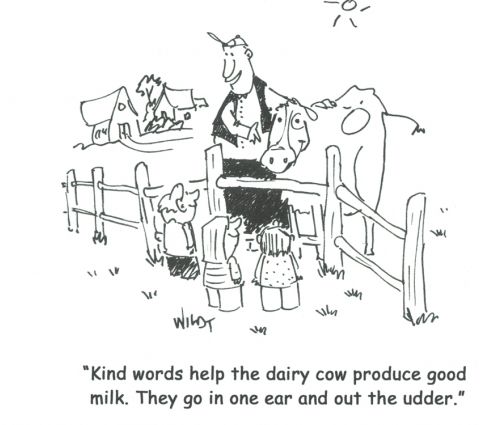
Cow-calf dairying at Smiling Tree: what we do and why
When you understand the role of oxytocin and how a cow who is allowed to keep her calf will have a strong preference to give her milk primarily to her calf, you will realise just how much of a balancing act it is to ask her to also give some to you.
Here at Smiling Tree Farm, we spend time building a strong bond with each of our cows long before they calf. We also spend time with them soon after calving and during the early days of lactation to ease them into sharing their milk in a positive, stress-free way. Exactly how we do this you will read in our later post on the Smiling Tree Farm system.
But first, there are two other important areas that infuence how you might run a cow-calf dairy: how nutrition (type, amount and timing) affects the development of a calf’s rumen and, importantly for heifers, the pre-pubertal growth of their udder. I’ll cover rumen development in my next post. Meanwhile, you can read the first in the series here.
The views expressed in our blog are those of the author and not necessarily lowimpact.org's




 Nanodairies gathering: for people keeping or looking to keep up to four cows
Nanodairies gathering: for people keeping or looking to keep up to four cows
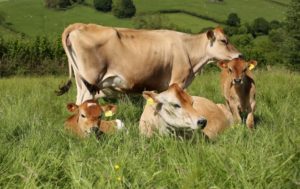 Cow-calf dairying part 1: the difference between conventional and humanely-produced milk
Cow-calf dairying part 1: the difference between conventional and humanely-produced milk
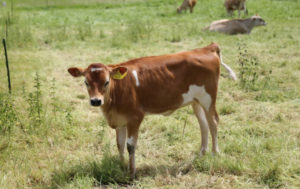 Cow-calf dairying part 3: calf rumen development
Cow-calf dairying part 3: calf rumen development
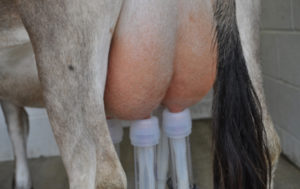 Cow-calf dairying part 4: udder development
Cow-calf dairying part 4: udder development
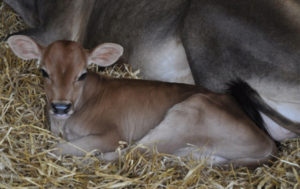 Cow-calf dairying part 5: creating a bond and first milking
Cow-calf dairying part 5: creating a bond and first milking
 Cow-calf dairying part 6: share milking
Cow-calf dairying part 6: share milking
 Cow-calf dairying part 7: introducing milking without the calf suckling
Cow-calf dairying part 7: introducing milking without the calf suckling
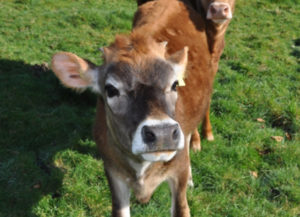 Cow-calf dairying part 8: weaning
Cow-calf dairying part 8: weaning
 Cattle
Cattle
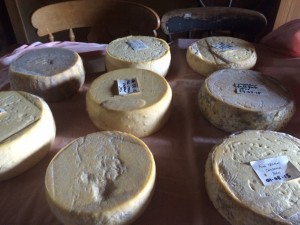 Cheesemaking
Cheesemaking
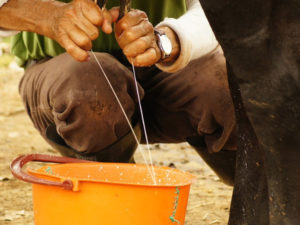 Dairying
Dairying
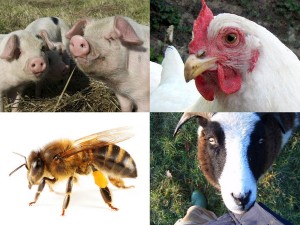 Keeping livestock
Keeping livestock
 Low-impact food & drink
Low-impact food & drink


